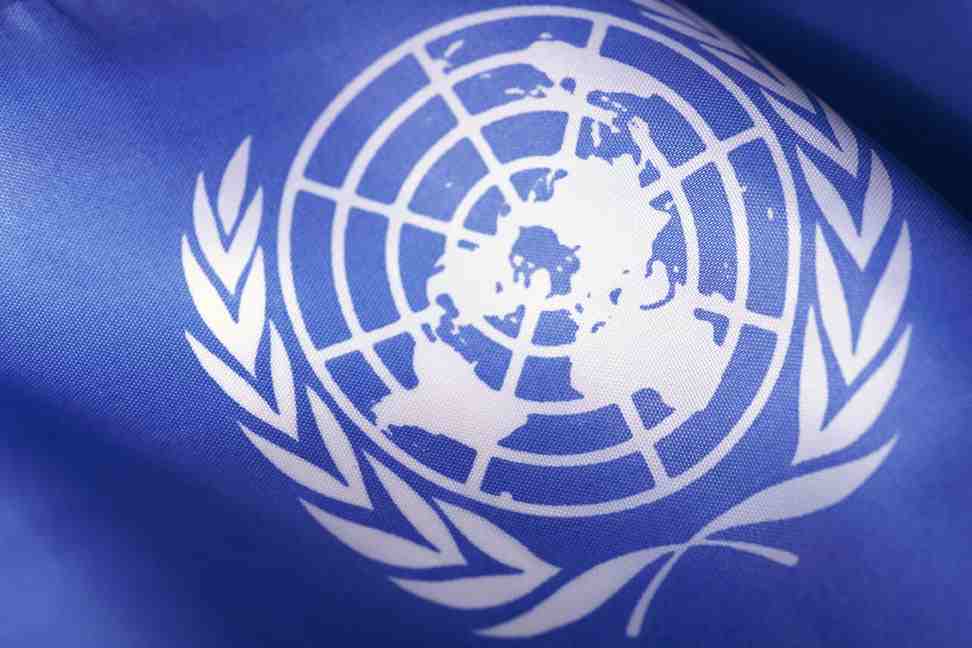Source: OHCHR
Human Rights Council
Twenty-fifth session
Agenda items 2 and 10
Annual report of the United Nations High Commissioner
for Human Rights and reports of the Office of the
High Commissioner and the Secretary-General
Technical assistance and capacity-building
For complete Report, please download attachment
Summary
The human rights situation in Afghanistan continues to face serious challenges, with the 2014 elections and scheduled conclusion of security transition creating an environment of uncertainty, including for human rights. Many Afghans, especially women, fear that achievements made in the protection and promotion of human rights since 2001 will be increasingly at risk. There are signs that hard-won gains may be forfeited for the sake of short-term political goals, undermining the fragile stability to which respect for human rights and the rule of law has contributed. In this context, I was pleased to pay my first visit to Kabul from 15 to 17 September 2013 to meet with the Government and other stakeholders. The Office of the United Nations High Commissioner for Human Rights (OHCHR) continued to provide strong support to the human rights mandate of the United Nations Assistance Mission in Afghanistan (UNAMA).
Protection of civilians in the armed conflict continues to be a serious concern. In the first 11 months of 2013, civilian deaths and injuries from conflict-related violence increased by 10 per cent compared to the same period in 2012. The rise in civilian casualties marks a return to the high numbers of civilian deaths and injuries recorded in 2011. While three quarters of all civilian deaths and injuries were caused by anti-Government elements, a rise in civilian casualties caused by Afghan Government forces was documented, particularly during ground engagements. Child casualties were 36 per cent higher than those recorded in 2012. During the first 11 months of 2013, at least nine children were killed or injured every two days in Afghanistan. July and August 2013 were the worst months on record for children, with 214 injured and 196 killed in the armed conflict.
Violence, discrimination and harmful practices against women remain systemic and entrenched; landmark protections for women, including the 2009 Law on the Elimination of Violence against Women, have been questioned. UNAMA/OHCHR found that, while the Afghan authorities registered more reports of violence against women under the Law on the Elimination of Violence against Women in 2013, the number of prosecutions and convictions remained low, with the majority of cases settled by mediation.
As security transition proceeds in 2014 and Afghan National Security Forces take full responsibility for civilian protection and command and control of all military operations, UNAMA/OHCHR documented Afghan forces’ continued use of torture against conflict-related detainees in a number of detention facilities and denial of detainees’ access to legal counsel.
The highly regarded, credible and effective work of the Afghanistan Independent Human Rights Commission (AIHRC), a key element of the Karzai Government’s 12 year legacy, including on human rights, was undermined during 2013. The process for appointing new Commissioners was not inclusive, transparent or participatory, as required by the principles relating to the status of national institutions for the promotion and protection of human rights (Paris Principles). This threatened the independence and effectiveness of the Commission’s work. During my visit to Afghanistan in September 2013, I raised this issue with national and international partners. In November 2013, the AIHRC underwent its regular accreditation review by the Sub-Committee on Accreditation of the International Coordinating Committee for National Human Rights Institutions, which recommended a deferral of the decision on accreditation for one year and other measures to assist the AIHRC to retain its “A” accreditation status. I remain committed to supporting and strengthening this critical national institution.


